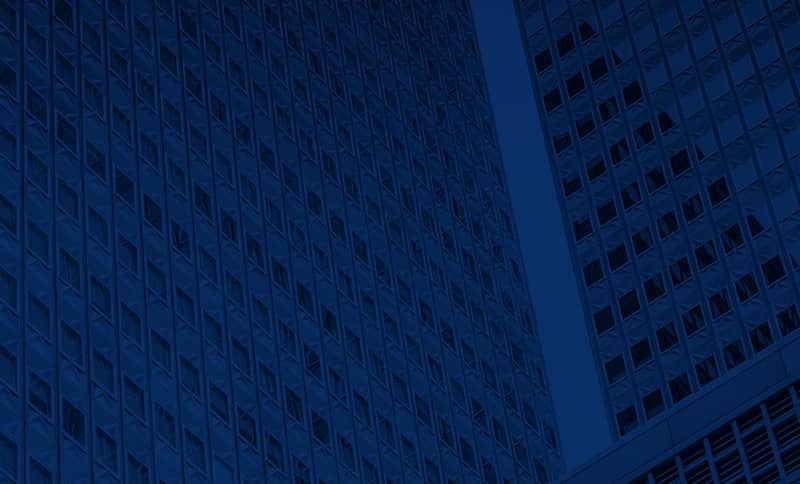High-cost construction defects pose big setbacks
Construction defects have always been a hot topic in the construction industry. Not only do defects in performance, planning and supervision financially hurt the owner, but all the companies and contractors involved. It’s a tough situation for both parties and also difficult to target, especially when multiple people worked on one project.
Common, and very costly, construction defects happen when a structure fails, and these categories include:
- Design deficiencies: Design deficiencies often fall at the hands of architects and engineers. They are in charge of designing the system. If the system fails, it could be due to errors on their end. For example, an architect could be sued for a defect if they designed a roof with poor drainage.
- Material deficiencies: Doors, windows and glass rely on quality materials and installation. Inferior drywall installed in bathrooms and improperly installed windows can result in water damage and other problems for the owner.
- Construction deficiencies: Poor workmanship is another type of construction defect. For example, cracks in the foundation of a house can cause mold problems, rotting, pest infestation and/or electrical problems.
- Subsurface deficiencies: Houses built on unstable foundations are often impacted. Without a solid foundation, floor slabs could crack and cause further damage. In addition, houses built on hills are more susceptible to damage from flooding and landslides.
These types of construction defects can end in disaster. Construction defect claims are not typically reported right away. It can take time for defects to surface, even up to 10 years. Defects in residential housing can cost hundreds to thousands to fix, while defects in apartments and other larger buildings can hit the millions. It’s important to conduct a thorough investigation when construction defect claims are filed, and seek legal representation during this time.
